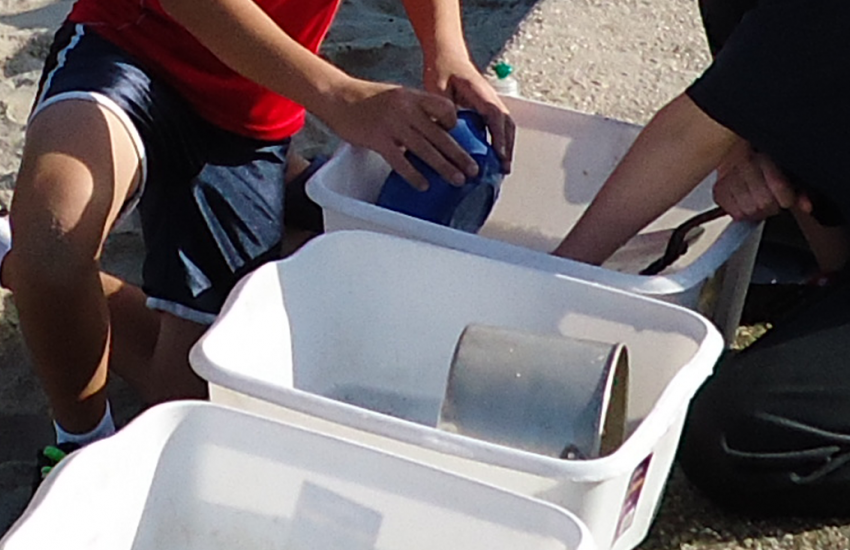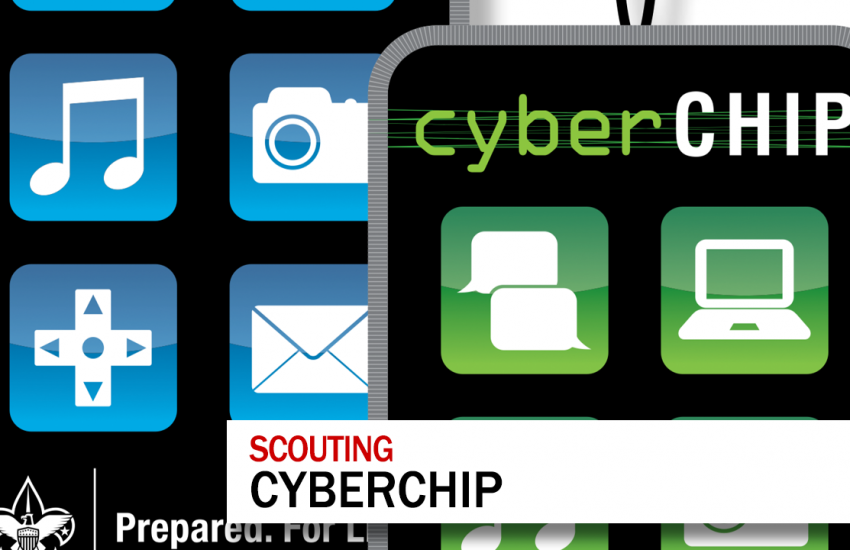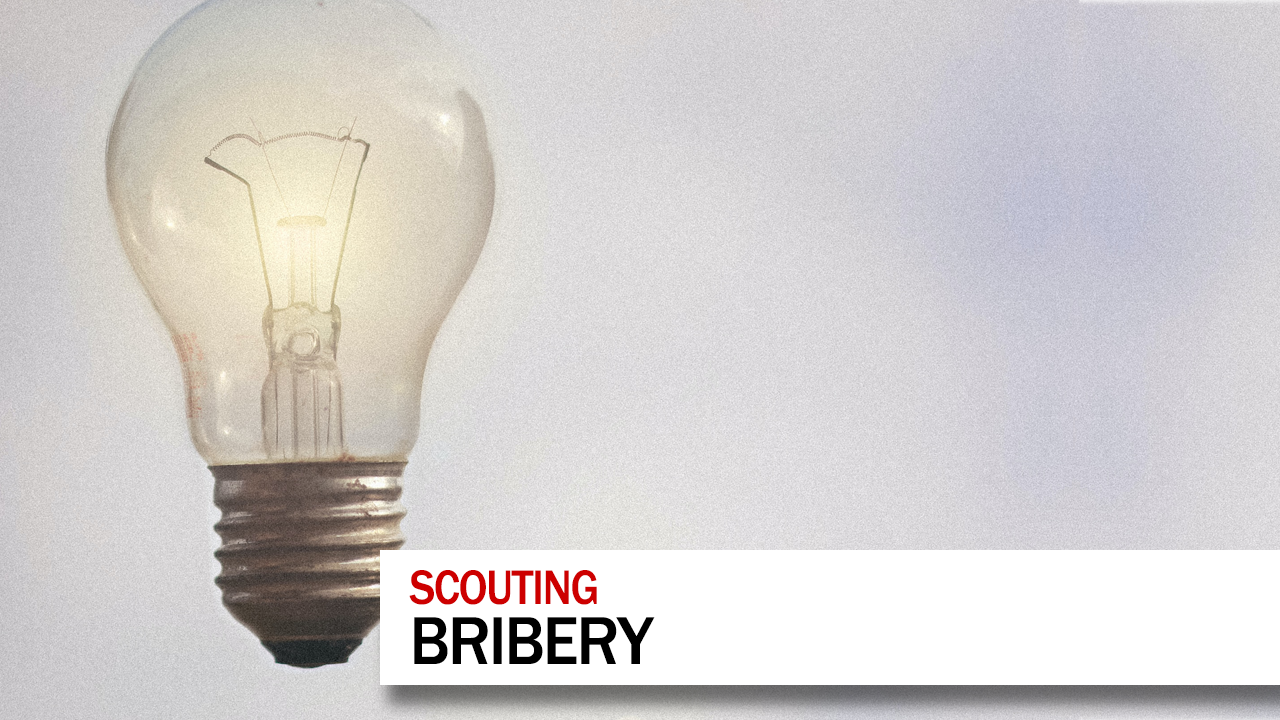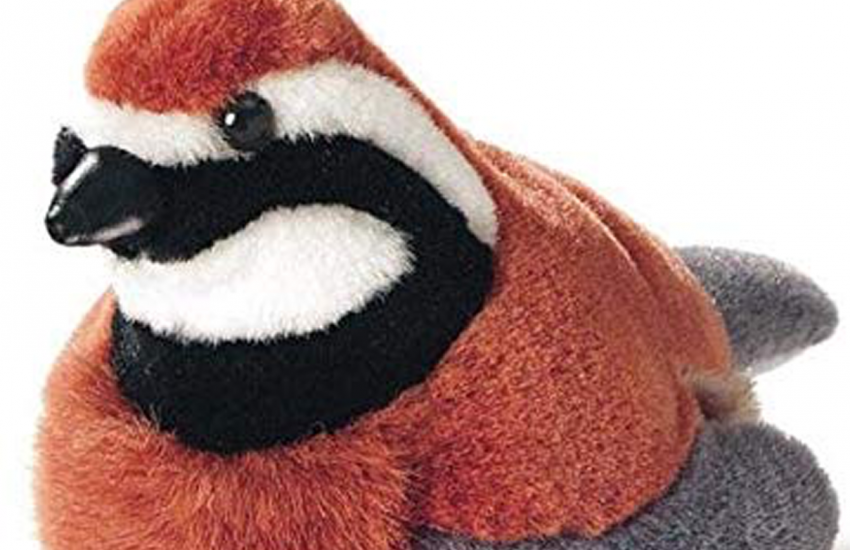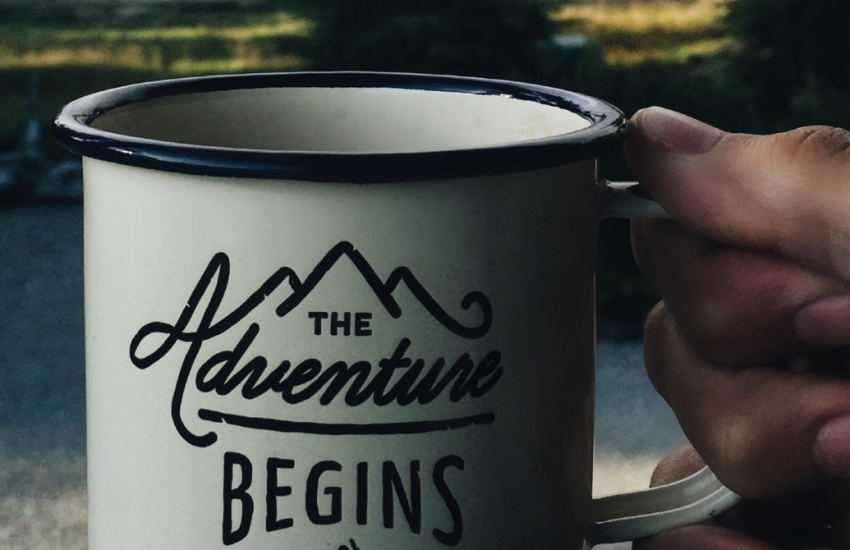Keeping clean in the outdoors and in your food preparation while camping
Show Notes:
- How to Keep Your Camp Kitchen Clean
- Washing Dishes While Camping
- Doing Dishes in the Outdoors
- Camping Cleanup Tips
Transcript:
There is an old term I have heard called “Camp clean”.
Camp clean is something I try and impart to my scouts as they work with food and generally work in the outdoors, which may not have dedicated sinks, dish washers, or even hot water available.
The general philosophy is you start out before you go into the outdoors with clean dishes, pots, pans and utensils. You don’t just clean up on Sunday morning, put your kitchen set back into a box and leave it that way until the next time you go camping.
No, you take it home, you hit it with some soap and hot water, you make is sanitary for the time between camp outs. Even the stove should get wiped clean of the accumulated grease.
It’s one of the reasons I fastidiously take the coffee pot home from the adult patrol box. I really want to get that one clean. A good pot of coffee is important, and a leader that gets sick on a trip because of a dirty pot is an avoidable inconvenience for everyone.
My wife particularly is very susceptible to illness because of dirty coffee pots.
Another aspect of camp clean is keeping yourself as clean as possible outside, understanding that, well – you’re outside, and you will get dirty. This translates to not rolling around in the mud, or dragging your sleeping bag along the ground, or having dirt bomb fights, and even being thoughtful on how many pots and pans you use to cook a meal, understanding that what ever you use, you are going to have to clean.
In my troop, as many we use the three-bucket system, where you have three buckets set up with water in each. The first bucket has hot water and soap. This is used to remove any particles of food and degrease your pots, plates and utencils. As you might suspect, since there is not running water, you’re going to want to encourage your scouts and adults to scrape their plates first before putting it into the first bucket.
The second bucket contains just hot water. It doesn’t need to be as hot as the first bucket. I usually use half hot water and half room temperature water, but there is no soap. This is your rinse bucket, it will remove any soap, and wash away any remaining residue.
The 3rd bucket is the sanitize bucket. This bucket contains cold or lukewarm water and a ½ cap full of bleach. When I say ½ a cap I’m really taking about a few drops of bleach. This will kill any remaining bacteria but it’s not enough to taste or smell on the kitchenwear.
To prepare for cleaning up, it’s always a good idea to put on a pot of water as you are sitting down to eat. This way the water is ready when you are ready to clean up.
Another tip is to do your personal plates and utensils first, as it will be the cleanest, and should stay the cleanest, as it is where you will deposit the results of the cooking.
You are going to want to save anything greasy for last, including you cooking pans, and those I tend to wipe out first with a paper towel. As an added bonus you can take the greasy paper towel and use it to start your fire, which will keep it out of your trash. But, this is what works for us.
Take what you like and leave the rest, and as we say in Woodbadge, feedback is a gift, leave yours below in the comments, with the hope we can all learn together.
I’m Scoutmaster Dave, and this was a bit on sanitary conditions in the outdoors.
